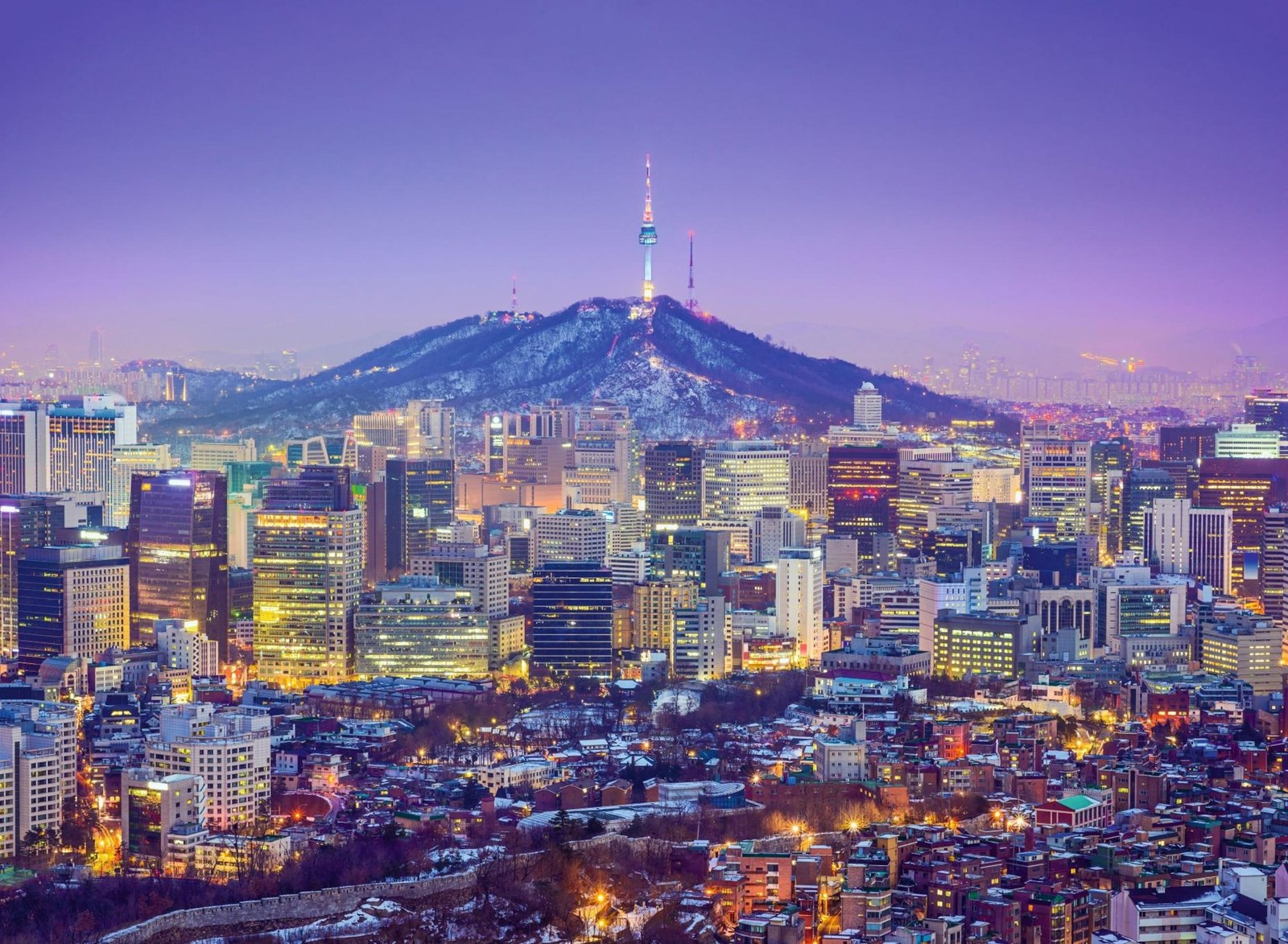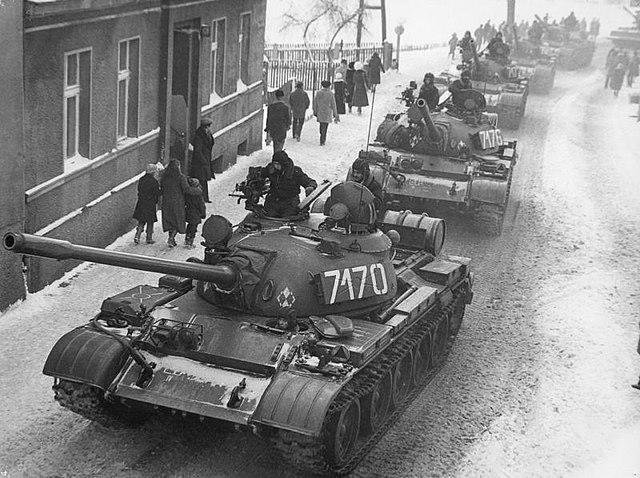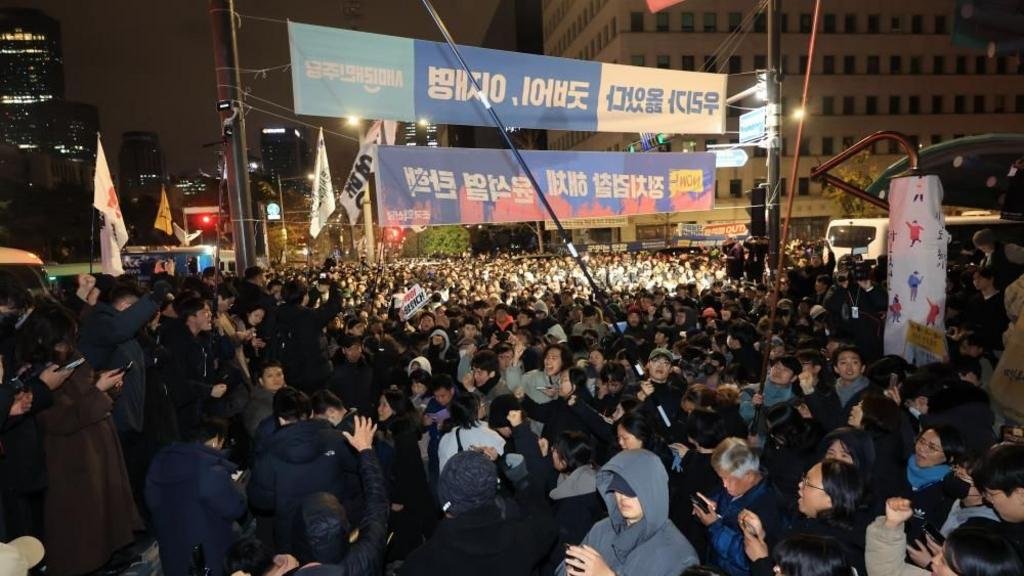In an unprecedented turn of events, South Korea finds itself at a pivotal intersection of governance and unrest, as the government has officially declared martial law in response to escalating anti-state activities. The decision, fueled by growing tensions and public dissent, marks a meaningful moment in the nation’s modern history, echoing the turbulent past that has shaped its political landscape. as the situation unfolds, citizens and the international community alike watch closely, wrestling with varied implications for democracy, civil liberties, and national security.This article delves into the backdrop of this declaration, examines the government’s rationale, and explores the potential consequences for South Korea’s future.
South Koreas response to Domestic Unrest examined
In response to escalating protests and civil discontent, the South Korean government has enacted martial law, citing a rise in what they describe as “anti-state activity.” The decision came after nationwide demonstrations sparked by a variety of grievances, including economic hardship, government corruption, and demands for greater social justice. Authorities have emphasized the necessity of this measure to restore order and maintain national stability, arguing that the current situation poses a direct threat to democratic institutions and the rule of law.
As tensions rise, community leaders and citizens have voiced mixed reactions.While some support the government’s assertion that martial law is crucial for maintaining public safety, others view it as an alarming overreach of power, reminiscent of more authoritarian times in Korea’s recent history. Key elements of the government’s response include:
- Increased military presence: Troops have been deployed in major cities to ensure compliance and prevent escalation.
- Curfews imposed: Specific hours during wich citizens are not permitted to gather in public areas have been established.
- Media restrictions: Various broadcast outlets face heightened censorship, limiting coverage of the protests and governmental actions.
| Measure | Description |
|---|---|
| Curfews | Designated hours for restricted movement in urban areas to prevent gatherings. |
| Troop Deployment | Enhanced military presence in response to protest hotspots for crowd control. |
| Censorship | Increased control over media channels to mitigate perceived anti-government sentiment. |

Understanding the Implications of Martial Law on Civil Liberties
The declaration of martial law in South Korea introduces significant shifts in the landscape of civil liberties. Under such a regime, the government is empowered to enforce strict regulations that often curb freedoms considered basic in a democratic society. Citizens may witness altered freedom of expression, wherein dissenting voices could be silenced through restrictions on protests and public gatherings. additionally, freedom of assembly may face limitations as authorities impose curfews and restrict the right to organize, under the pretext of maintaining national security.
Moreover, the legal framework typically undergoes transformations, providing the state with expansive powers to detain individuals without the usual checks and balances. This can lead to an atmosphere of fear among the populace, hindering open dialogue around governance and accountability.It becomes crucial to understand the potential ramifications, including:
- Increased Surveillance: Heightened monitoring of communications and activities.
- Restricted Media Access: Limitations on journalistic freedoms and press reporting.
- Judicial Process Delays: Hurdles in accessing legal depiction or speedy trials.

Analyzing the Roots of Anti-State Activity in South korea
To understand the recent escalation of state authority in South Korea, it is essential to examine the complex tapestry of historical, social, and political threads that contribute to anti-state sentiment.The legacy of authoritarian regimes, the suppression of dissent during pivotal moments in history, and the rapid transformation from a military dictatorship to a democracy play critical roles in shaping public perception of the state. Increasing economic inequality, combined with a sense of political disenchantment, has led to a growing distrust in governmental institutions. This sentiment is often echoed in various circles, including:
- Polarization of political discourse: The divide between conservative and progressive ideologies has heightened tensions and bred animosity.
- economic disparities: A widening wealth gap exacerbates feelings of disenfranchisement among certain demographics.
- Social movements: There has been a rise in grassroots movements calling for reform, which can sometimes be perceived as a direct threat to state authority.
The manifestation of these anti-state attitudes can be vividly observed in recent protests, which have occasionally escalated into more radical actions. The south Korean government’s reaction—culminating in the declaration of martial law—raises critical questions about personal freedoms and the balance of power. To contextualize these events, the following table summarizes key factors influencing public sentiment:
| Factor | Impact on Public Sentiment |
|---|---|
| Historical Authoritarianism | Creates mistrust in government |
| Economic Inequality | Leads to feelings of disenfranchisement |
| Rising Activism | Encourages both support and resistance |

Recommendations for Navigating the current Crisis and Restoring Stability
In light of the recent declaration of martial law, it is indeed crucial for individuals and communities to remain informed and vigilant. Clear communication channels must be established to disseminate accurate information and counter misinformation, which can exacerbate tensions. Engaging in open dialogue and promoting clarity among government agencies and citizens will foster trust and cooperation. Here are some key steps to consider:
- Stay Informed: Regularly follow reputable news sources and official government announcements.
- Community Engagement: Encourage local gatherings to discuss concerns and suggestions, fostering a sense of unity.
- Crisis Preparedness: Create emergency plans that detail actions for different scenarios, ensuring households are ready to manage potential disruptions.
- Support systems: Establish support networks for those affected by the violence, offering aid and resources as needed.
To further restore stability, collaboration between various sectors of society is essential. Civic organizations can play a pivotal role by mediating communication between the government and the populace, helping to address grievances without escalating conflicts. Educational campaigns focusing on the importance of peaceful protest and dialogue can also empower citizens. A structured approach can be illustrated as follows:
| action | Description |
|---|---|
| Dialogue Sessions | Facilitated discussions between officials and citizens. |
| Awareness Campaigns | Efforts to educate the public on rights and responsibilities during crisis. |
| Community Workshops | Training sessions on conflict resolution and safety measures. |
Q&A
Q&A: Understanding the Recent Declaration of Martial law in South Korea
Q1: What led to the declaration of martial law in south Korea?
A1: The South Korean government announced a state of martial law in response to escalating civil unrest and what it deems ‘anti-state activity’. The decision follows a series of protests and demonstrations that have raised concerns about national security and public order. Officials cited a perceived threat to the stability of the nation as a pivotal reason for this severe measure.
Q2: What specific events prompted this drastic decision?
A2: Over the past few months, South Korea has seen increased activism and protests against government policies, economic inequality, and other social issues. The government deemed some of these actions as veering into ‘anti-state’ territory, leading to concerns about potential violence and disorder, which ultimately influenced the call for martial law.
Q3: What does martial law entail for the citizens of South Korea?
A3: Under martial law, certain civil liberties can be suspended, and the military may take over law enforcement responsibilities. This means the government may impose curfews, restrict gatherings, and implement a heightened security presence. However, the specifics of the enforcement remain to be clarified by government officials.
Q4: How has the public reacted to this declaration?
A4: The announcement has sparked a mixed reaction among the populace. Some individuals express concern over potential overreach and infringement on civil liberties,while others support the government’s measures as necesary for maintaining order. Social media is abuzz with discussions criticizing and supporting the decision,reflecting a diverse array of opinions.
Q5: What are the next steps for the South Korean government?
A5: The government plans to implement a series of measures aimed at restoring order and addressing the root causes of the unrest. This includes dialogue initiatives, potential policy revisions, and a careful review of the circumstances that led to this moment. Monitoring and adapting to the public response will likely guide their actions in the coming weeks.
Q6: How might this decision impact South Korea’s international relations?
A6: The declaration of martial law could draw scrutiny from the international community,particularly concerning human rights practices and governance. Allies and neighboring countries will closely monitor how the situation develops, which may influence diplomatic relations, trade agreements, and foreign policy discussions, emphasizing the need for a balance between security and civil rights.
Q7: What historical context is important to consider regarding martial law in South Korea?
A7: south Korea has a complex history with martial law, particularly stemming from past military dictatorships in the 20th century. This historical precedent makes the current situation particularly sensitive, as many citizens remember times when martial law was used to suppress dissent rather than protect public order. The government must navigate this legacy carefully to maintain public trust.
Q8: What is the role of the media and civil society in this situation?
A8: The media plays a crucial role in providing transparent coverage of the events as they unfold. Civil society organizations are also working to ensure that citizens’ rights are protected during this period, advocating for accountability and legal oversight of military actions. Engaging with the public and fostering open dialogue will be essential in maintaining a balanced discussion surrounding democracy and security.
This Q&A provides an overview of the recent martial law declaration in South Korea,addressing key questions and concerns while fostering understanding and dialogue.
Future Outlook
As South Korea navigates this unprecedented moment marked by the declaration of martial law, the nation stands at a crossroads.The implications of this decision will resonate throughout the social fabric, political landscape, and the emotional psyche of its citizens. As the government seeks to stabilize what it deems ‘anti-state activities’,it beckons a call for national unity amidst uncertainty. Observers around the globe will be closely watching the developments, as South Korea balances the delicate act of maintaining order while safeguarding civil liberties. In the coming days, the world will witness the impact of this declaration — a pivotal moment in the ongoing narrative of South Korea’s journey, marked by resilience and a quest for a harmonious societal balance. Where this path leads remains to be seen, but the resolve of the Korean people will undoubtedly play a crucial role in shaping the future.

